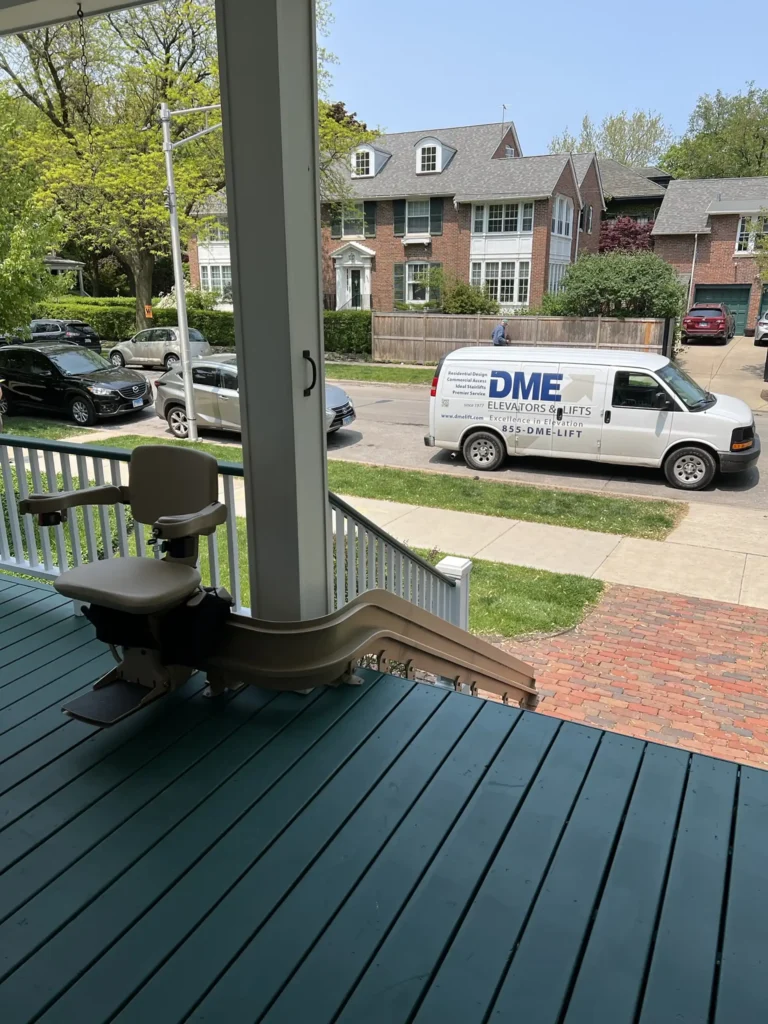Comprehensive Guide to Lift Solutions and Their Upkeep
Browsing the elaborate globe of lift systems and their maintenance is a task that demands precision and knowledge. From the different types of elevator systems in operation to the precise adherence to safety and security policies, the upkeep of these upright transportation devices is a multifaceted endeavor. As structures skyrocket higher and technology developments, the need for a comprehensive understanding of lift systems comes to be progressively vital. Join us as we decipher the intricacies of elevator upkeep, exploring typical issues, finest techniques, and advanced modern technologies that shape the contemporary landscape of upright transportation.
Kinds Of Lift Systems
Elevator systems can be found in numerous types, each created to match specific building demands and individual demands. One of the most common types include hydraulic lifts, grip lifts, machine-room-less lifts, and vacuum elevators. Hydraulic elevators are optimal for low-rise structures and make use of a hydraulic piston to relocate the elevator cars and truck. Grip lifts, on the various other hand, are extra matched for high-rise buildings and use steel ropes and counterweights to move the cars and truck. Machine-room-less lifts are a space-saving option as they do not require a separate device space for the elevator machinery. Vacuum cleaner lifts, a much more contemporary technology, usage atmospheric pressure differentials to relocate the car within a clear tube.
Each sort of lift system has its very own benefits and downsides, making it crucial for building owners and developers to thoroughly consider their details needs prior to choosing one of the most suitable option. Elements such as developing height, room schedule, power effectiveness, and budget plan constraints all play a substantial duty in identifying the best lift system for a specific building.
Typical Maintenance Concerns
Routine upkeep of elevator systems is crucial to make sure smooth procedure and lengthen their life expectancy. Regardless of regular upkeep, lift systems can still experience usual maintenance problems that require to be promptly dealt with to stop disturbances in service. One of one of the most constant issues is door malfunctions. Lift doors might get misaligned, causing issues with opening and closing appropriately. This can create delays and security threats, requiring immediate interest from upkeep professionals. Another typical issue is associated with the elevator's leveling accuracy. If the elevator doesn't line up appropriately with the floorings, passengers may experience tripping risks and discomfort. Additionally, problems with the control system, such as sensor issues or electrical problems, can trigger the elevator to malfunction or stop working entirely. Routine assessments and positive maintenance can assist determine and resolve these common upkeep concerns prior to they rise and influence the general efficiency of the elevator system.
Security Rules and Conformity
Following rigorous security regulations and making certain conformity with industry criteria are vital for maintaining the functional stability of elevator systems. Lifts go through a comprehensive collection of safety laws to secure passengers, upkeep personnel, and the basic public. Regulatory bodies such as the Occupational Safety And Security and Wellness Administration (OSHA) in the United States and the European Lift Organization (ELA) in Europe develop standards that cover numerous elements of elevator layout, procedure, installment, and maintenance.
Conformity with these laws is not just a lawful need yet additionally an ethical obligation for building proprietors and lift upkeep business. Routine assessments, upkeep checks, and adherence to security procedures detailed in the guidelines are crucial to ensure the secure and effective operation of elevator systems.
Best Practices for Upkeep

One more vital ideal method is to immediately resolve any kind of documented problems or unusual sounds to avoid further damages. Carrying out a proactive strategy to maintenance can save time and cash over time by avoiding pricey repair services or replacements. Structure owners ought to also take into consideration buying innovation upgrades to enhance the performance and security of their elevator systems. By complying with these best techniques, elevator systems can run efficiently and safely, providing trusted upright transportation for occupants.

Advanced Technologies for Performance
Applying innovative innovations in lift systems can considerably enhance functional efficiency and guest experience. These systems allow guests to input their desired flooring before going into the lift, which then routes them to the most effective car.
Additionally, the combination of additional info smart sensing units and anticipating maintenance capacities has reinvented lift maintenance. These sensors can find potential problems before they escalate, enabling aggressive upkeep interventions and lessening downtime. Furthermore, making use of energy-efficient components and regenerative drives assists lower power consumption and operating prices in elevator systems.
In addition, the execution of cloud-based surveillance and remote diagnostics enables real-time monitoring of elevator performance and prompt troubleshooting of any breakdowns. This aggressive method not just boosts navigate here system reliability but also improves the overall user experience by making sure smooth and nonstop lift operations.
Verdict
To conclude, comprehending the different kinds of elevator systems, typical upkeep concerns, safety and security regulations, best upkeep practices, and progressed technologies for efficiency is essential for making sure the smooth operation of elevators. By adhering to security policies and executing finest methods for upkeep, building owners can lengthen the life-span of their lift systems and make certain the safety and security of guests. It is necessary to remain upgraded on the most up to date improvements in elevator technology to improve performance and integrity.
The most typical types include hydraulic lifts, grip elevators, machine-room-less elevators, and vacuum cleaner lifts. Hydraulic elevators are optimal for low-rise buildings and make use of a hydraulic piston to relocate the elevator vehicle. Machine-room-less elevators are a space-saving alternative as they do not need a separate device room for the lift equipment. wikipedia reference Regular inspections and aggressive upkeep can help recognize and solve these typical upkeep problems before they rise and affect the overall efficiency of the elevator system.
